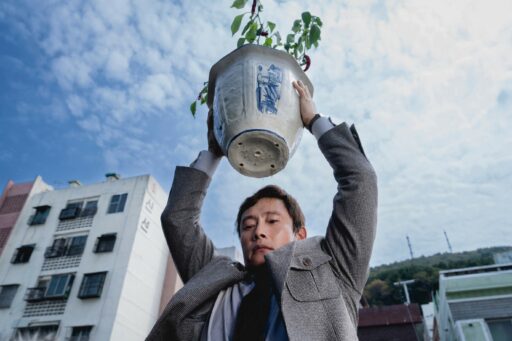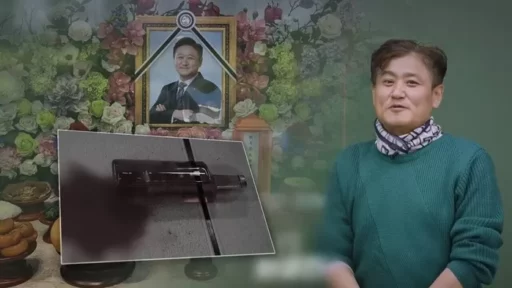Recovery consumption coupons show distinct usage patterns depending on generation, income, and gender.
The patterns of usage for the "first round of recovery consumption coupons" distributed by the government show significant differences based on demographic characteristics.
According to data released on the 3rd by the Ministry of the Interior and Safety and Embrain Deep Data, an analysis of consumption coupon payment data collected from the 22nd to the 28th of last month showed that convenience stores accounted for the highest usage share at 11.3%.
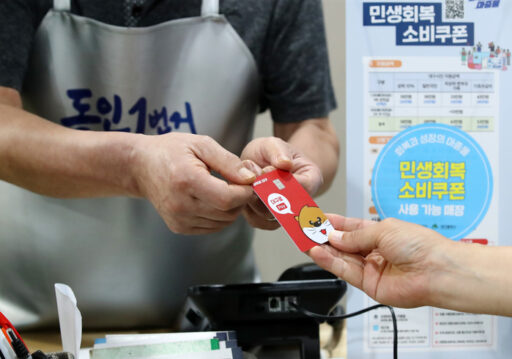
Following convenience stores, medical sectors such as hospitals, traditional medicine clinics, and pharmacies accounted for 5.0%, cafes 4.4%, and general restaurants 3.9%. This analysis on the payment share of each sector indicates the actual spending patterns of consumers, highlighting that the usage of consumption coupons is mainly concentrated in daily life-related sectors.
The concentration of consumption coupon usage in daily life-related sectors
In fact, since the distribution of consumption coupons, sales of food products at convenience stores have significantly increased.
In the case of GS25, on the first day of the consumption coupon distribution (the 22nd of last month), sales of chicken soared by 229.9% compared to the same day of the previous week (the 15th), while sales of domestic beef rose by 136.3%.
At Seven-Eleven, sales of rice and grain products also increased by 130% during the same period.
Distinct differences in consumption coupon usage patterns by generation and gender
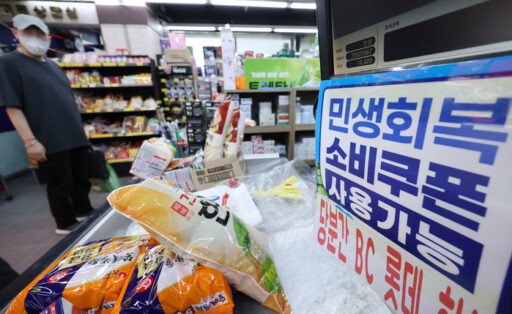
There were clear differences in consumption coupon usage patterns by age group.
Younger consumers in their 20s and 30s showed a notable preference for convenience stores (32.0% for those in their 20s, 37.7% for those in their 30s) and cafes (16.0% for those in their 20s, 22.9% for those in their 30s).
In contrast, those in their 50s and 60s had a relatively higher usage rate in health-related sectors such as hospitals and pharmacies (11.8% for those in their 50s, 12.4% for those in their 60s). This reflects differences in consumption priorities and lifestyle patterns by age group.
There were also clear distinctions in consumption coupon usage patterns by gender.
Male consumers showed an overwhelmingly high usage rate at convenience stores (32.8%), while female consumers had a higher usage rate in preference-based sectors such as cafes (17.4%) and bakeries (7.3%).
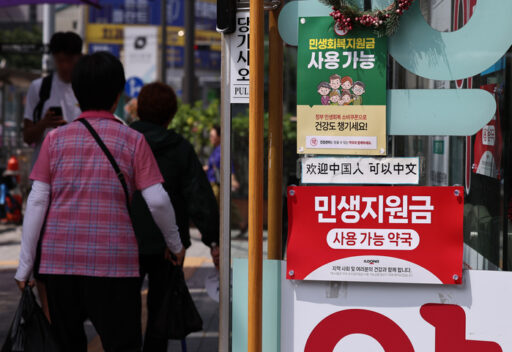
Moreover, consumption behavior based on income level showed distinct differences. Low-income consumers with an annual income of less than 10 million won had a high expenditure share on necessities at supermarkets and discount stores (10.7%), while also showing a high usage rate for relatively expensive yet essential items like glasses (3.1%). This indicates that consumption coupons helped resolve purchases of necessary items that consumers usually hesitate to buy, proving that consumption coupons serve not only to promote consumption but also to function as livelihoods support.
On the other hand, high-income consumers with an annual income of over 50 million won showed relatively higher spending shares in educational sectors such as private tutoring.
Consumption coupons serve not only as a means of promoting consumption but also as a livelihood support function.
Meanwhile, the consumption coupons began distribution on the 21st of last month, and as of 11 a.m. on the 31st, 90% of the target recipients, totaling 45.55 million people, had completed their applications.
The total budget allocated for these consumption coupons was 8.2371 trillion won, with the largest number of applicants being 32,461,194 who applied using credit or debit cards, followed by 7.19 million for local love gift certificates, 5 million for prepaid cards, and 890,000 for paper gift certificates.
Image source: News1
